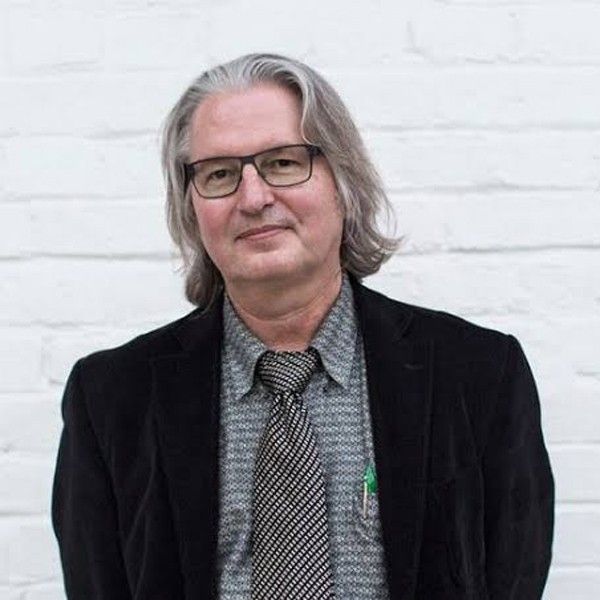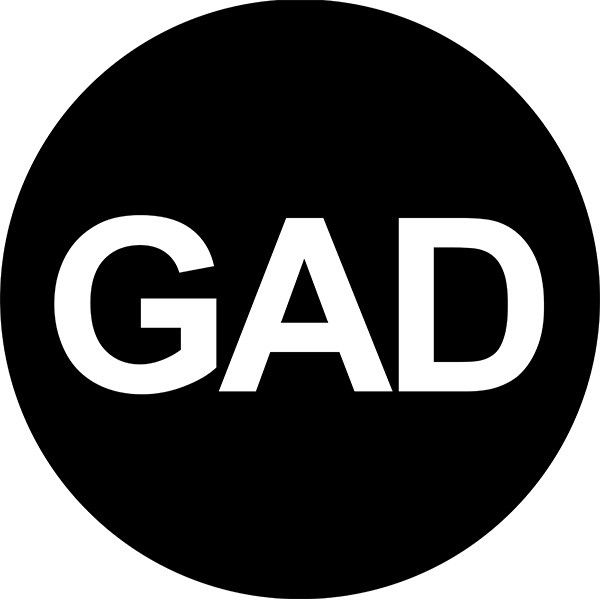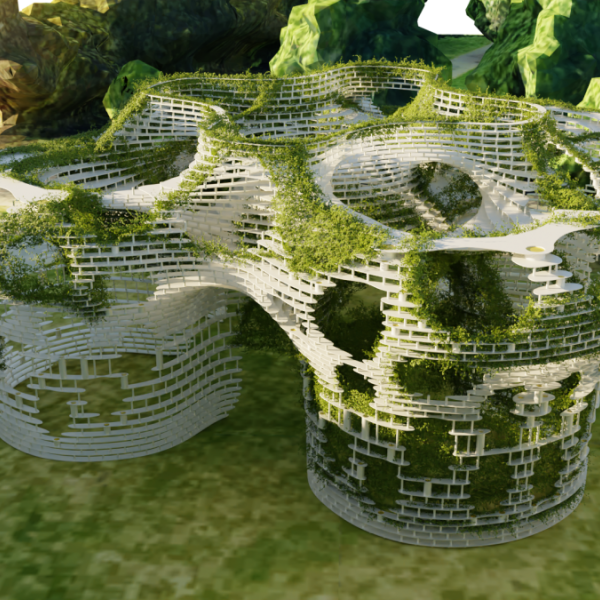Diptych in Architecture
Lexicography
Diptych /ˈdiptik/
noun: diptych; plural noun: diptychs
- . a painting, especially an altarpiece, on two hinged wooden panels which may be closed like a book
- . an ancient writing tablet consisting of two hinged leaves with waxed inner sides
Source: Oxford Languages

early 17th century: via late Latin from late Greek diptukha “pair of writing tablets”, neuter plural of Greek diptukhos “folded in two”, from di- “twice” + ptukhē “a fold”.
Source: Oxford Languages
Background
A diptych is a two-part artwork that is meant to be displayed together as a single piece. The term originally referred to a pair of hinged wooden tablets, which were often used for religious paintings or portraits in the Middle Ages. One side of the diptych would contain an image, while the other side might contain a prayer or other religious text.
Today, the term "diptych" is more commonly used to refer to any two-part artwork that is designed to be displayed together. Diptychs can be created in a variety of mediums, including painting, photography, and sculpture. They are often used to explore contrasting or complementary themes or to create a sense of unity or harmony between two separate pieces.
Diptych Architecture - Rhetorical Rules, Theoretical Tautograms
In architecture, the term "diptych" is used to describe a design approach that creates two distinct but related parts, such as two buildings or two parts of a building. These parts are designed to work together as a whole, but each retains its own unique identity. The use of a diptych in architecture is thought to resist the prejudices of the dialectic and overcome both hierarchy and ideality.
The original concept of modern architecture was based on the Hegelian dialectical model of thesis, counter-thesis, and synthesis. However, it has been realized over the last century that the resulting synthesis placed too much emphasis on ideality, which was precisely what modern architecture was supposed to overcome. Furthermore, this dialectic was characterized by a prioritization of first terms such as up/down, white/black, in/out, and good/bad. Contemporary philosophical thinkers have attempted to remove this priority and make these terms equal. One way to do this is through the use of a diptych, a term from a painting that deals with two parts without prioritizing either one. This is the philosophical and ideological basis for Peter Eisenman’s Advanced Design Studio's work at Yale in Fall of 2022. Also, an architecture think tank group WAI Think Tank at their blog scrutinizes the diptych concept and its nexus in architecture.

Avant-gardes assemble abnormal ambitions. Rules of rhetoric and theoretical concepts can be found in ancient artifacts, architecture, and art which aim to express assumptions about reality, adapt to different alternatives, and alter environments. Authors collect information and avant-garde movements create abnormal ideas through art, architecture, and literature. Buildings can be destroyed, boundaries can be crossed, and breakthroughs can change beliefs. Constructivists challenged the traditional social hierarchy, cynicism developed in the face of cultural conflicts, and crises led to catastrophes throughout history. Diptychs depict two opposing sides, and daring designs can destroy negativity. Epistemological erasures enhanced power, but also endangered ecology. Fear resulted in false information and fevralism fed into formalism. Groups came together, but guns have caused global conflicts. Helplessness was highlighted, while progress struggled. Intellectuals instructed individuals while leaders worked for their legacies at the cost of lives. Malevich and other artists motivated metaphysical movements, and Marcel mass-produced modernity. Philosophy has prophesized a perfect future, but perverse policies and populist posturing painted negative possibilities. Post-modernist thought led to linguistic projectiles that questioned everything. Rhetorical rules have regulated leadership, representation replaced reality, and socialism didn't achieve its goals. The underground sought utopia, while critics hindered progress. Vultures attack visionaries, and humanity continues to search for meaning.

Source: https://waithinktank.com/Diptych# | https://www.architecture.yale.edu/courses/14524-the-architectural-diptych



